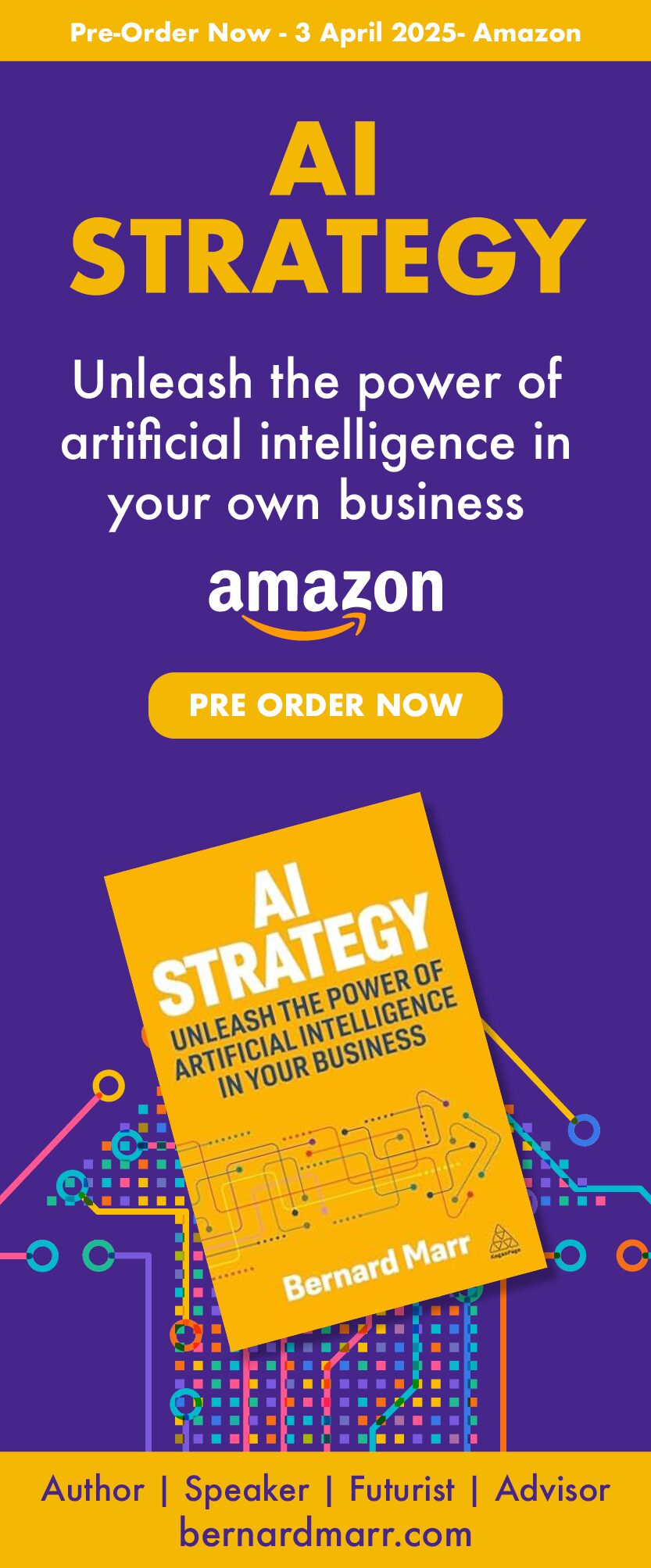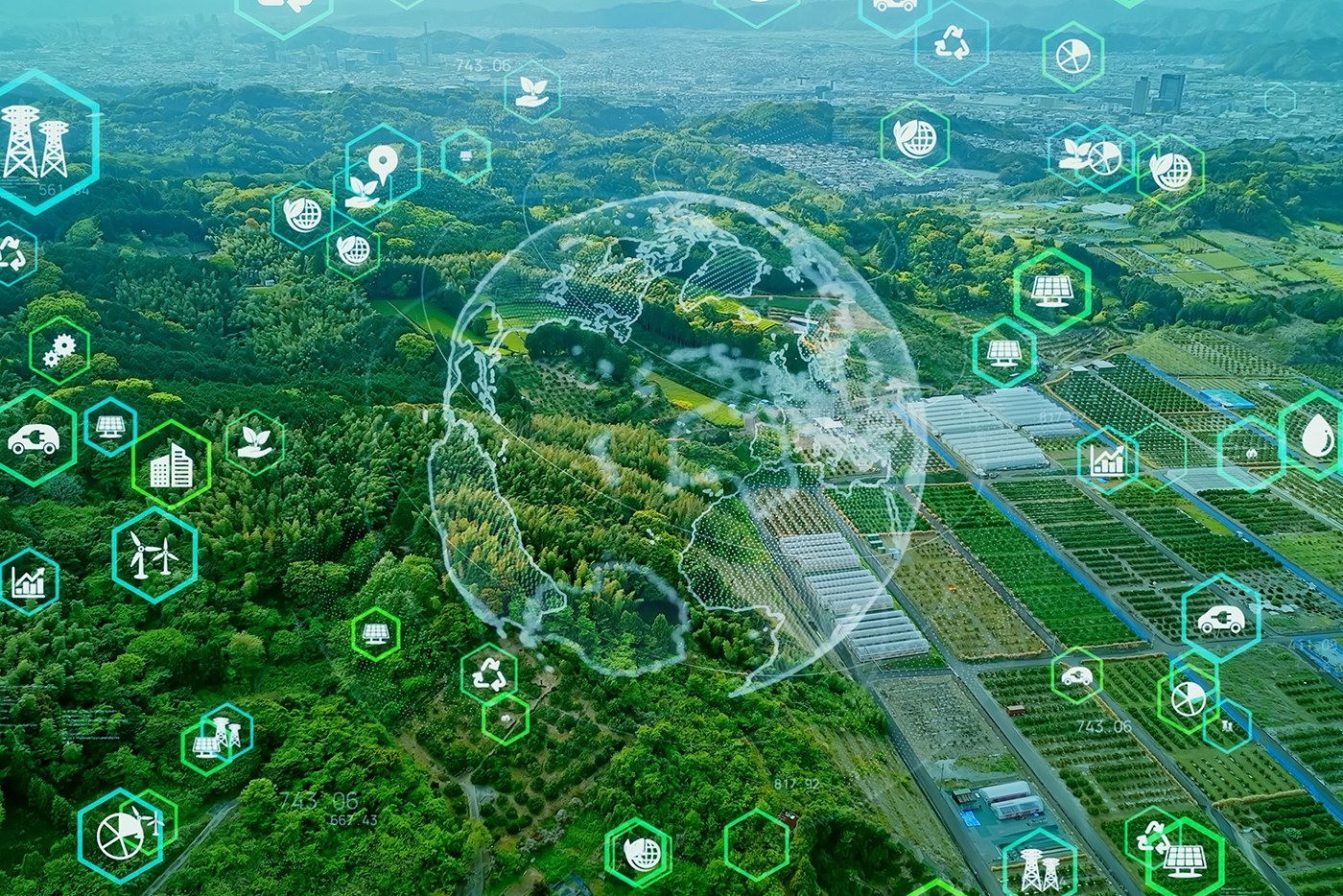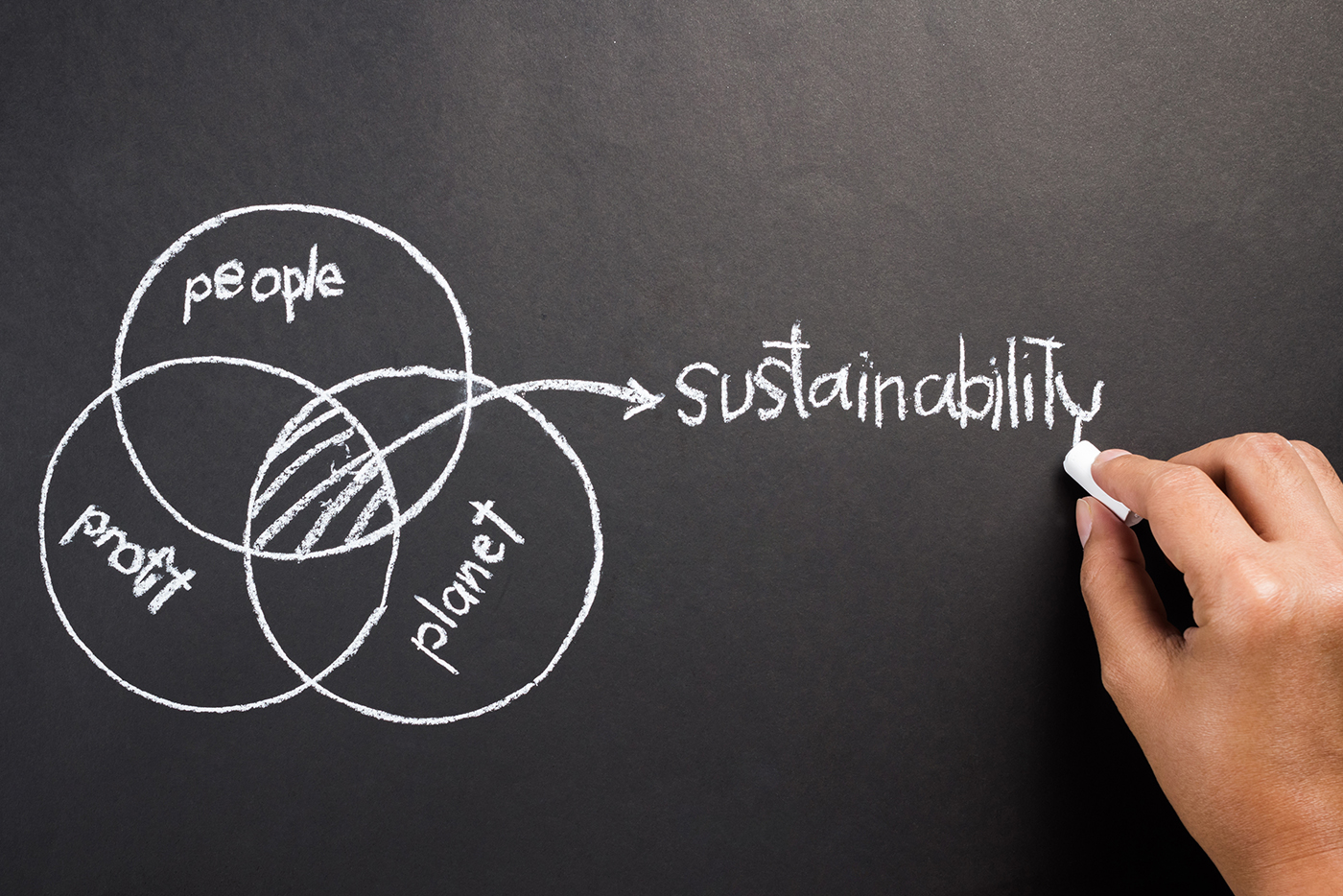The Top Five Retail Technology Trends In 2023
24 October 2022
The economic outlook for much of the world looks set to be a rocky path over the next year, and retail has traditionally been among the first industries to feel the bumps in the road. This is likely to cause further headaches for bricks ‘n’ mortar retailers that are still in the process of recovering from the disruption caused by the covid-19 pandemic. But it’s also challenging online e-tailers to continue to innovate, to ensure that customers’ more limited disposable income continues to flow in their direction.

Rising inflation is pushing up the prices of both everyday necessities, such as groceries and clothing and the luxury desirables sold by multinational conglomerates. At the same time, supply chain disruption is negatively impacting operations as stocks run low, encouraging some retailers to push prices up even further.
The answer? Leverage the power and potential of technology to provide customers with new and exciting ways to browse, buy and save. Both online and offline, retailers are turning to technology in a number of innovative ways. So here’s an overview of some of the top trends on the radar for 2023:
Hybrid and omnichannel customer journeys
Online shopping offers huge convenience, as it can be done from anywhere, at any time, making just about anything available to us without us having to leave our homes. It also enables retailers to learn a lot about us as they track our customer behavior and combine it with data from any number of other online sources in order to build a detailed view of who we are and what we want from our shopping experiences.
At the same time, offline shopping means we can get what we need right now (if the store is open) and gives us the tactile experience of being able to look at, feel and even taste or smell products before buying them.
Hybrid shopping is about bringing the best of both of these worlds together – either online or offline – to create customer journeys that tick all of the boxes.
In the case of offline shopping, this means understanding who we are and what we want as we walk into the store – just as an e-tailer would when we arrive at their website. In the world of online retailing, it means developing methods of delivering the same experiential shopping experiences we enjoy in the real world. This could be through innovative technology enabling personalization or virtual and augmented reality solutions (see below for more on all of these).
Offline outlets can tap into the innovations made by online retailers in logistics and inventory management to offer flexible methods of payment, home delivery options, and loyalty programs (for example, Amazon’s Style stores). At the same time, online retailers can learn about building personal relationships with customers and providing immersive shopping experiences from bricks ‘n’ mortar retailers. In 2023 adopting this hybrid mindset will be a key strategy for retailers looking to continue to build brand awareness and customer loyalty.
Conscious consumers continue to define retail habits
To succeed in retail in 2013, businesses have to continue to adapt to the fact that the crux of consumer buying decisions increasingly lies around questions of ethics, environmentalism, and sustainability.
Two out of three of us consider ourselves to be “belief-driven buyers”, with a strong desire to know that the products and services we buy are created in an environmentally-friendly way by organizations with solid environmental, social, and governance (ESG) principles. Rather than an obstacle or hindrance to industry, organizations that successfully adapt to this trend will find that they quickly build stronger bonds of trust and loyalty with their customers while often also developing more efficient operations and processes. This can be achieved by reducing wastage associated with excess packaging and reducing overall energy consumption. Korean retailer Coupang serves as a good example of a company that eliminated packaging from 75 percent of its deliveries, resulting in higher brand loyalty and reduced logistical expenditure.
As more and more of us become aware of the increasingly critical nature of threats facing our environment and the planet, technology that enables companies to both find new solutions to these problems, and to do it in a way that’s transparent and accountable, will be a key trend in retail throughout 2023.
Personalization throughout the customer journey
Stitch Fix is a California-based fashion retailer that uses algorithms and online surveys to pick clothes that, in theory, will perfectly match customers' tastes as well as their sizes. And global sportswear giant Nike launched its Nike By You service that allows anyone to create a completely customized pair of sneakers that completely matches their own personal taste. These are both examples of lifestyle-oriented brands moving to capitalize on the growing demand for personalized, unique products that in some way reflect our personality or individual sense of style.
This trend doesn’t just apply to fashion and footwear products. Consumers have been shown to respond well to personalization throughout the consumer journey – from sales and marketing, where email and e-commerce portals will serve up personalized recommendations, to upselling and after-sales support. Businesses that successfully react to this trend in 2023 will understand how to take the myriad of data points that are available to them today and create products and services that appear “special” or uniquely tailored to individuals. They will create personalized touchpoints across the customer journey, making customers feel that they are made not just for people like them but that they are uniquely relevant to themselves as individuals. Applying technology to enable "personalization at scale" is key to capitalizing on this trend.
AR, VR, and the metaverse drive immersive, experiential shopping
Today’s consumers crave great customer experience above all else, according to recent research. This means great service provided in a hassle-free, efficient, consistent, and memorable manner. This is why there is so much excitement around the concept of the metaverse – immersive, experiential, digital environments where users can work, play, and – yes – shop – on one persistent platform. Although no one is exactly sure what shape the metaverse will eventually take, retailers have already embraced it with enthusiasm as a new and exciting channel through which they can connect and do business with customers. Adidas, Nike, Tommy Hilfiger, Samsung, and Burberry are among the well-known names that have either already established a presence or stated that they plan to do so.
VR is a big part of the metaverse, providing the most immersive method currently available for consumers to connect to these worlds. It and the related technology of AR (both rely on head-mounted displays) are also making inroads with retailers via innovations such as the virtual dressing room trend, which is also going to become more prevalent during 2023. Retailers, including Hugo Boss, Walmart, and Amazon, allow customers to virtually try on clothing using digital representations of themselves. This trend builds on earlier use of AR by companies like Ikea and Home Depot that lets us see what the furniture they sell will look like in our own homes. As customers seek more immersive and fun ways to shop and spend money, we can expect to see more companies adopting these technologies and continuing to innovate during 2023.
Cashless, contactless, and autonomous shopping and delivery
This trend also revolves around the convergence of hybrid and omnichannel innovations but focuses on the all-important “last mile” of the retail experience. Consumers are demanding more streamlining and efficiency in the way they pay for goods and services and how they make their way into our hands. Convenience trends such as buy-online-pickup-in-store (BOPIS), buy-online-return-in-store (BORIS), and buy-online-pickup-at-curbside (BOPAC) are quickly becoming expected as standard. Artificial intelligence and advanced analytics make these a possibility by automating the complex inventory management processes required. It’s also essential for the new methods of autonomous delivery that retailers are increasingly trialing, piloting, and rolling out in real-world deployments.
Starship, for example, has experienced unprecedented demand for its delivery robots since the pandemic, which have now completed over 100,000 autonomous deliveries in the UK, USA, and Europe. Chinese retailer JD.com operates fleets of autonomous delivery vehicles, and Amazon’s Scout delivery robots are becoming a common sight in US cities, including Irvine, California; Atlanta, Georgia and Franklin, Tennessee. As well as making efficiencies by reducing the need to rely on costly manual courier delivery for last-mile fulfillment, automating this step of the process allows companies to reduce their carbon footprint as the vehicles are typically electric and can be powered by renewable sources such as solar. However, managing this switchover in an ethical way, considering the impact it will have on the lives of thousands of human delivery drivers, is a challenge retailer will face up to in the coming year.
Related Articles
How Can We Use AI to Address Global Challenges Like Climate Change?
As climate change continues to pose an enormous threat to our planet, we must explore innovative solutions that can help mitigate its impact.[...]
6 Roadblocks Stopping Web3 And The Metaverse Becoming A Reality
With the emergence of the metaverse and web3 technologies, it’s clear that the next evolution of the internet is already underway.[...]
The Future Of Factories: 3 Ways To Navigate The Industrial Metaverse
What is the industrial metaverse, you ask? Well, we’re not talking about a separate metaverse exclusively for manufacturers..[...]
Debunking The Top 5 Quantum Computing Myths
It makes sense that most people don’t understand quantum computing.[...]
Mastering Teamwork: Top 10 Strategies for Better Collaboration at Work
The nature of teams may be changing as more and more people work remotely, but the truth is businesses will always want people on their teams who can work well with others.[...]
Sign up to Stay in Touch!
Bernard Marr is a world-renowned futurist, influencer and thought leader in the fields of business and technology, with a passion for using technology for the good of humanity.
He is a best-selling author of over 20 books, writes a regular column for Forbes and advises and coaches many of the world’s best-known organisations.
He has a combined following of 4 million people across his social media channels and newsletters and was ranked by LinkedIn as one of the top 5 business influencers in the world.
Bernard’s latest book is ‘Generative AI in Practice’.










Social Media